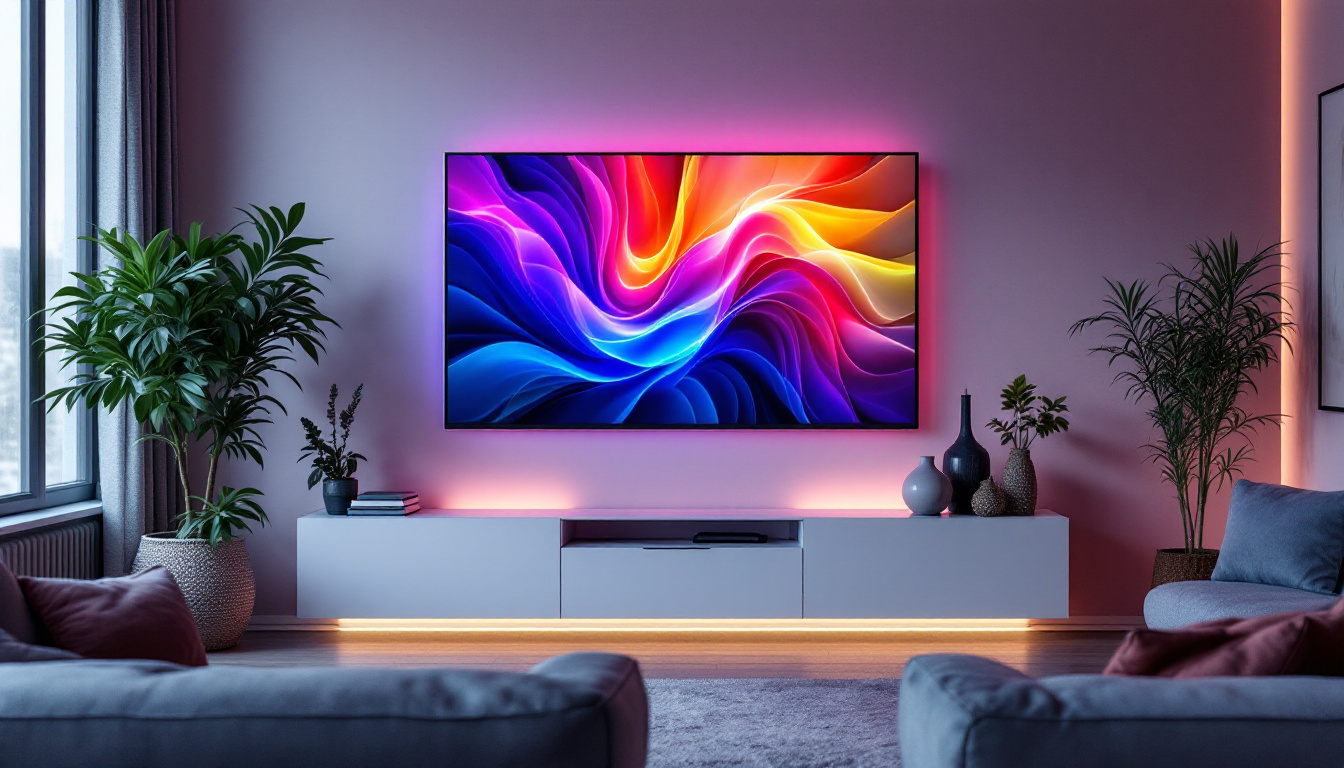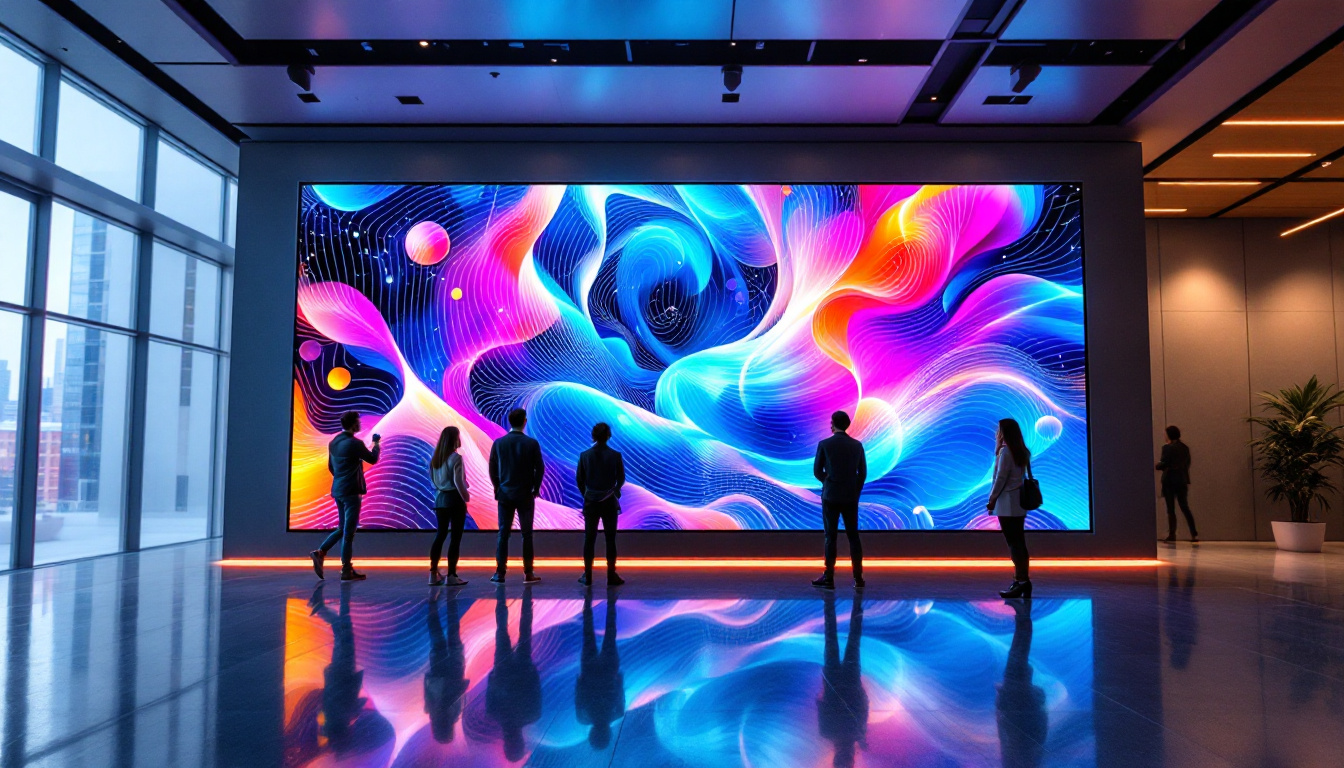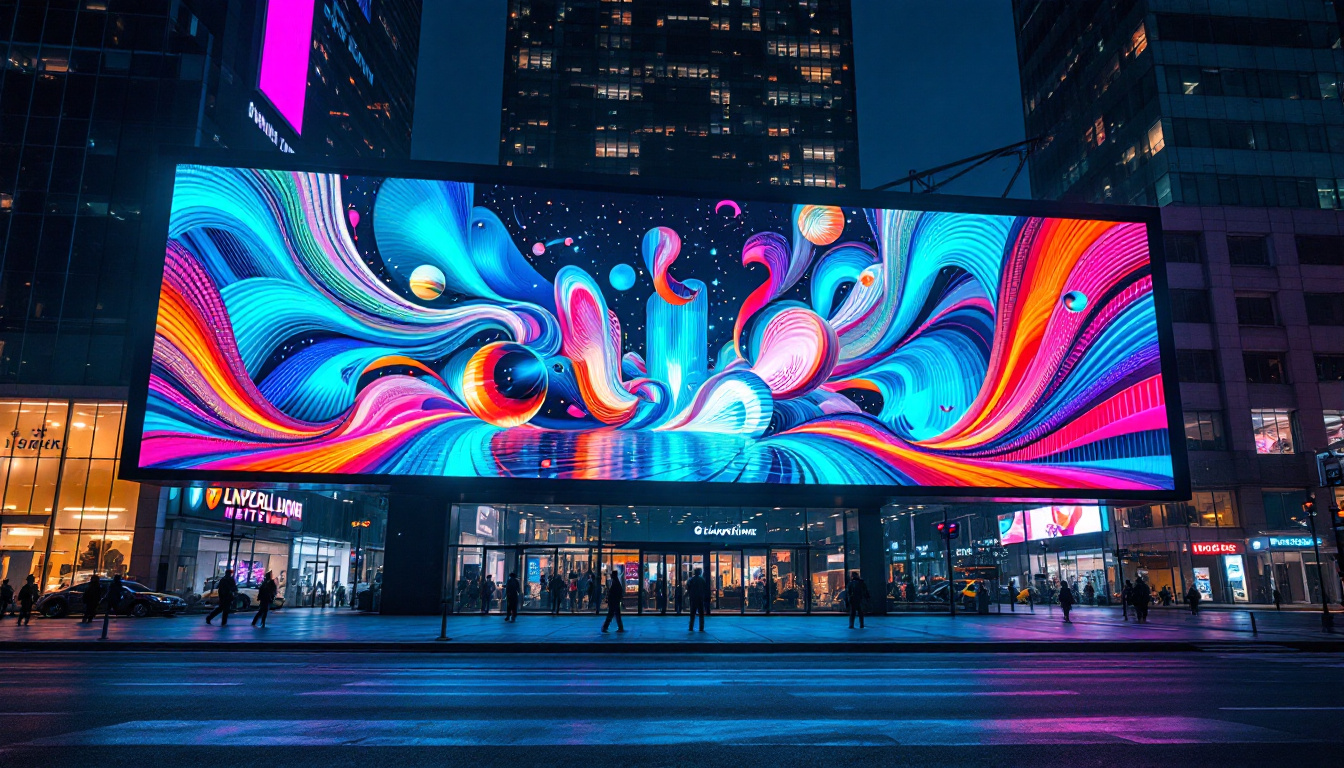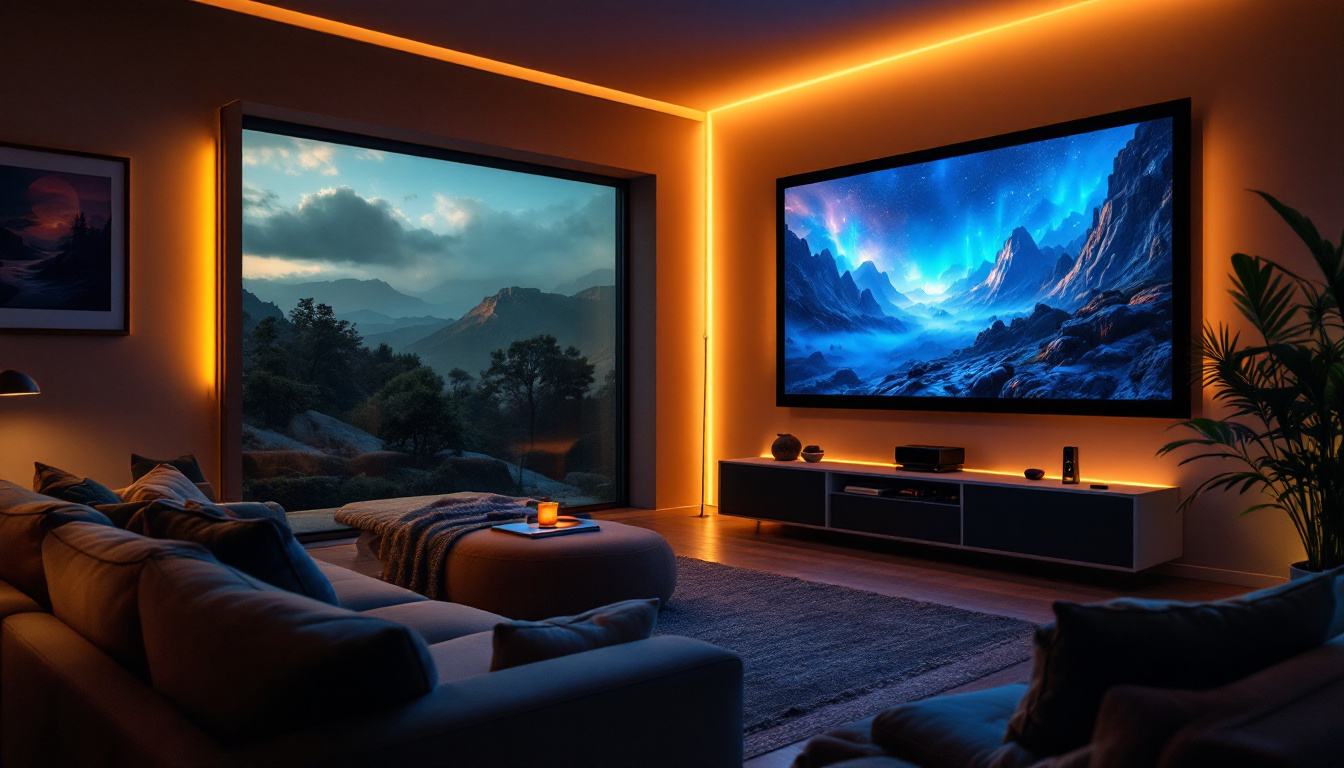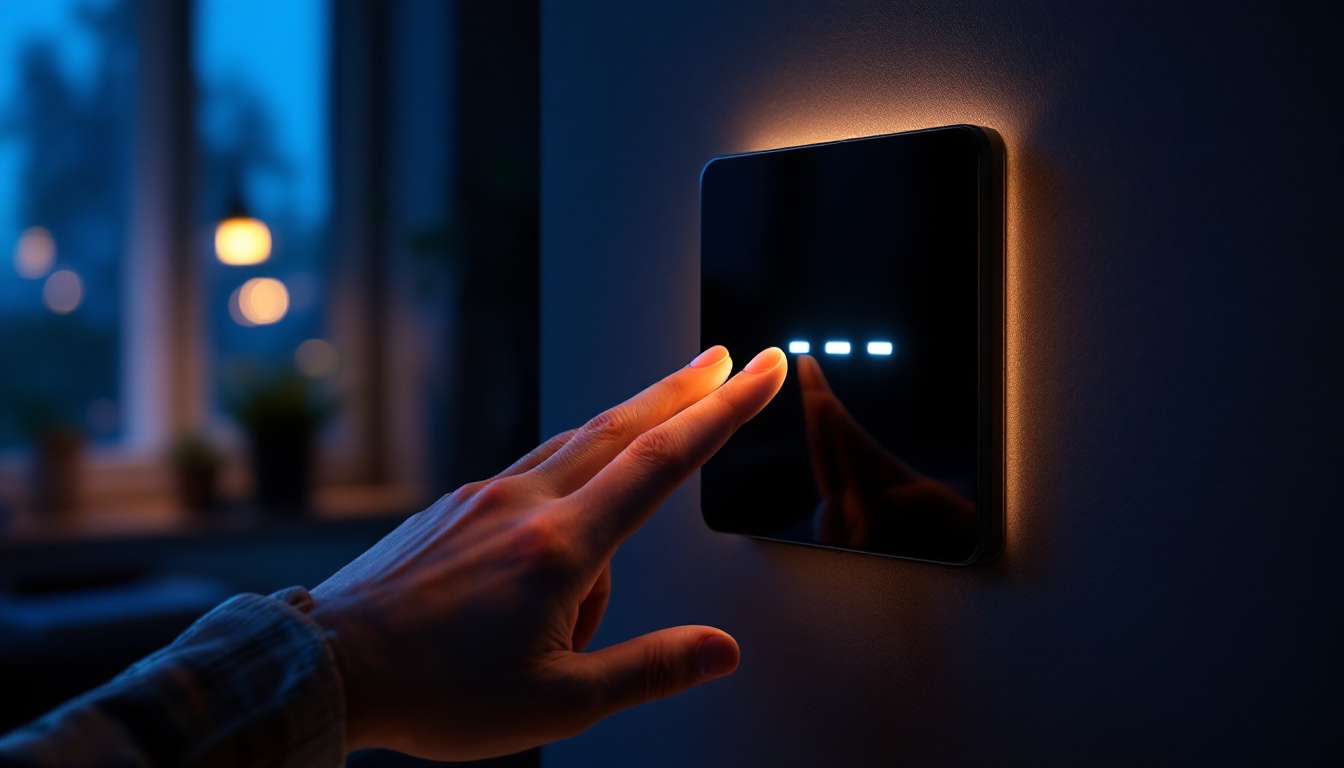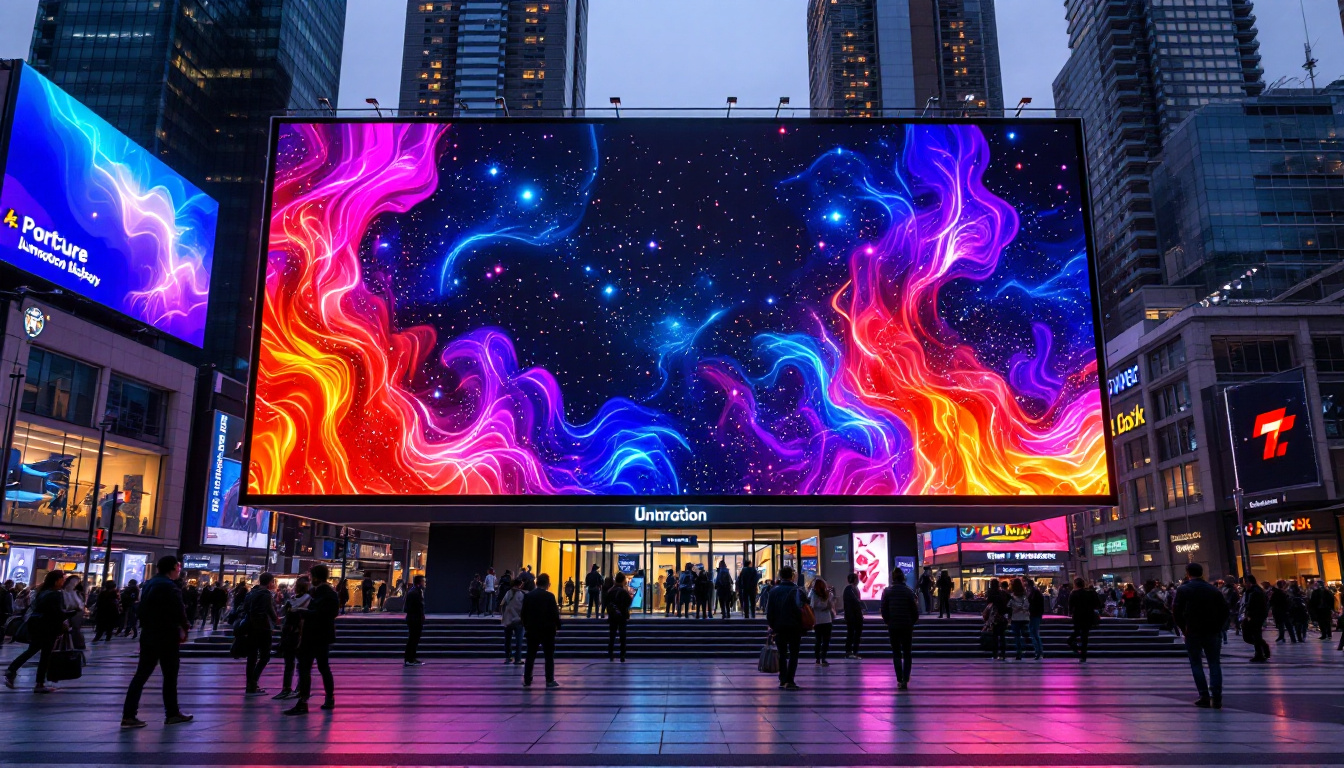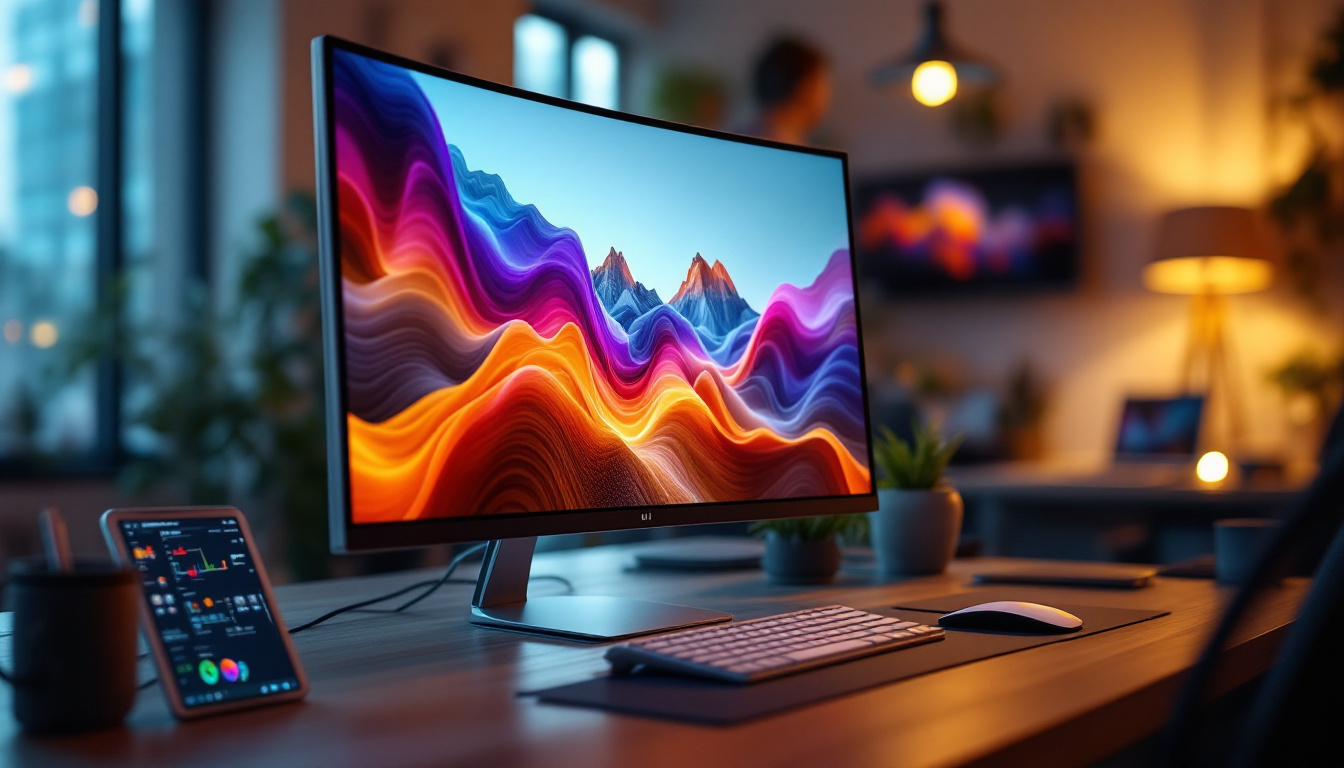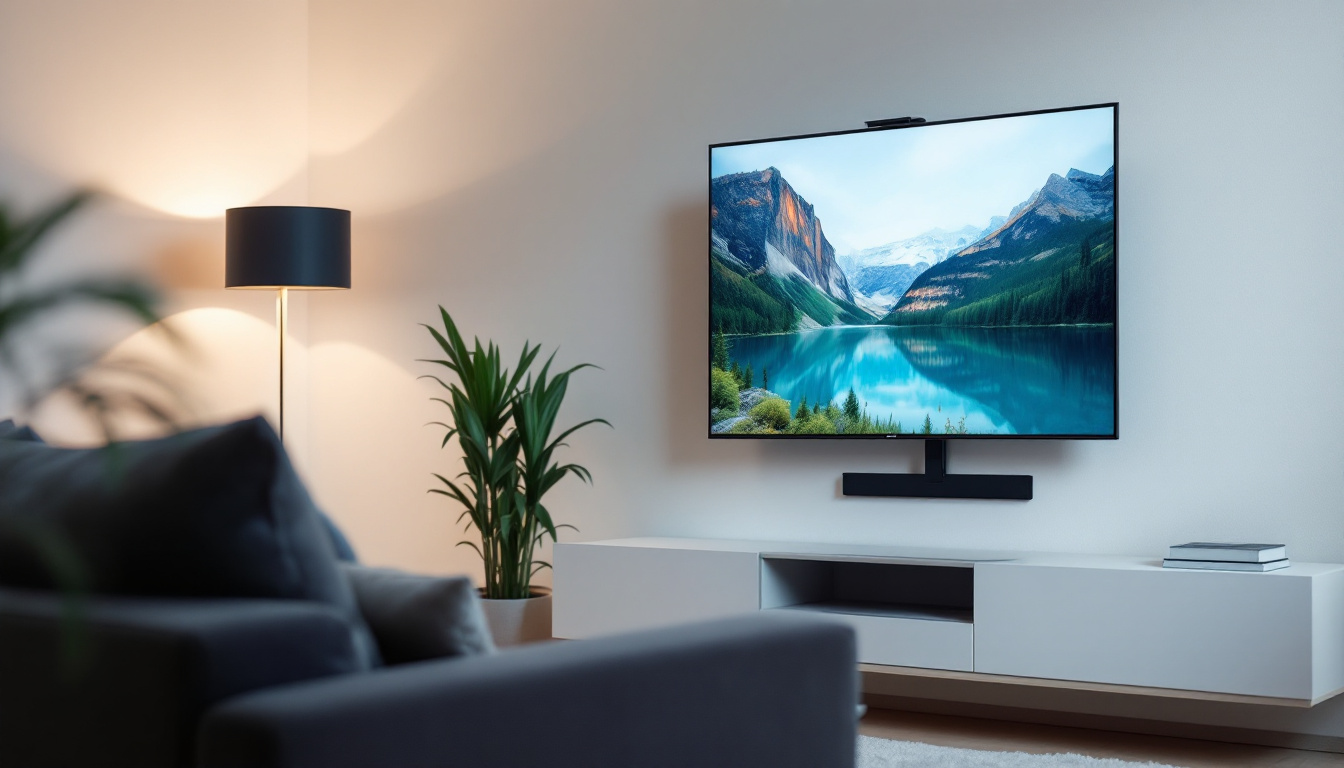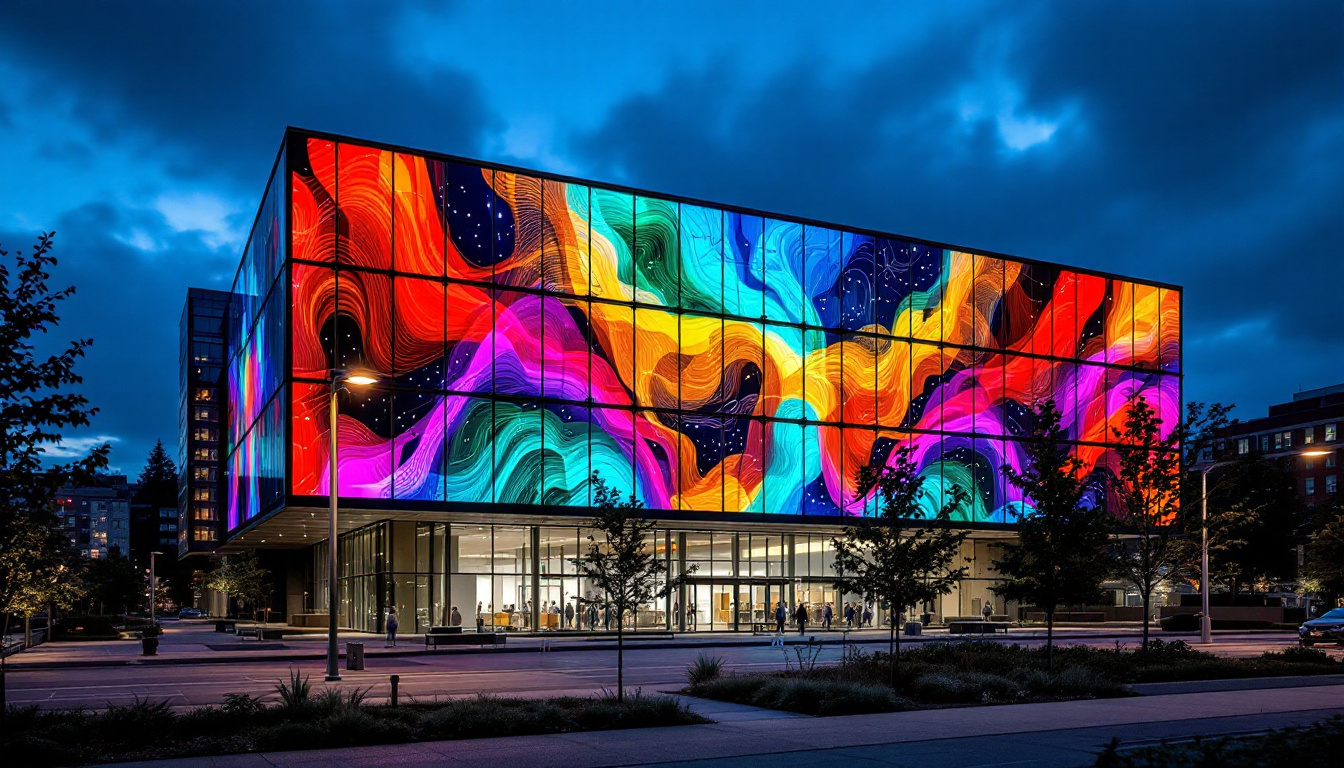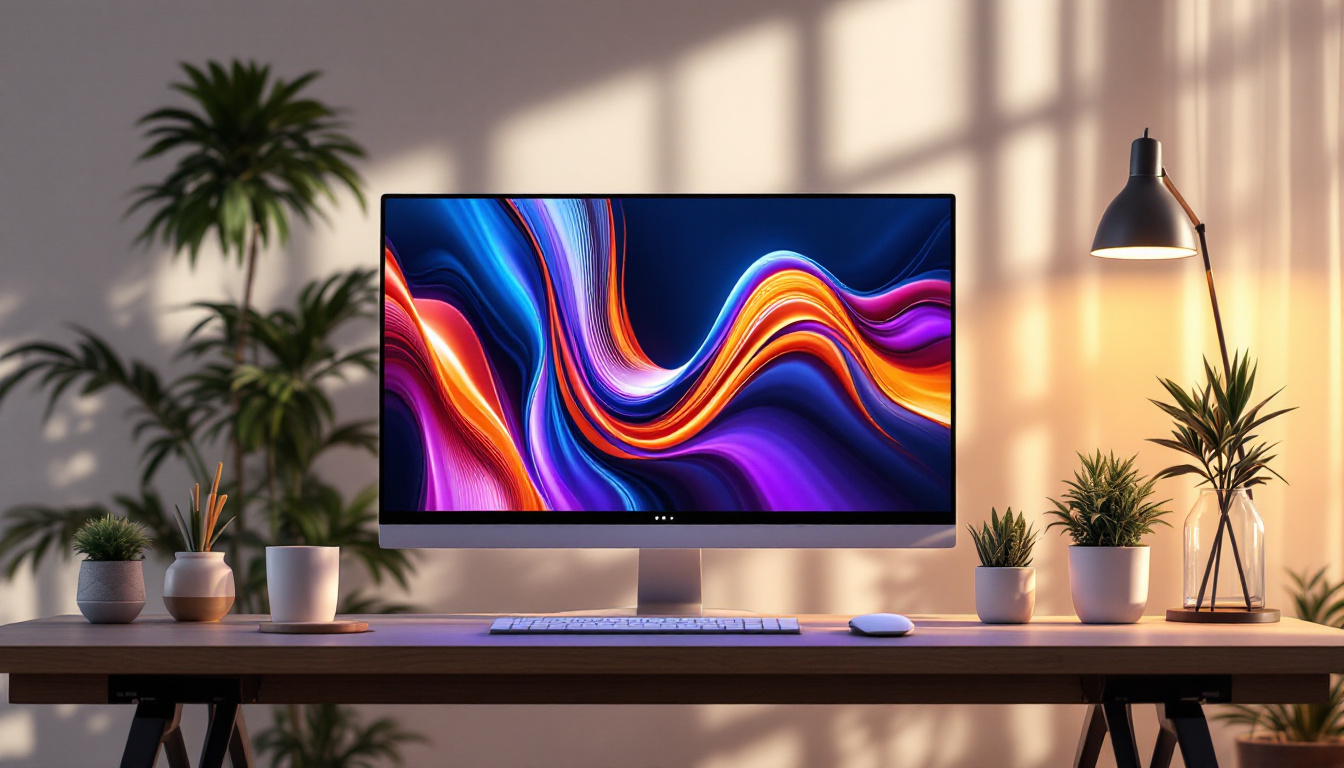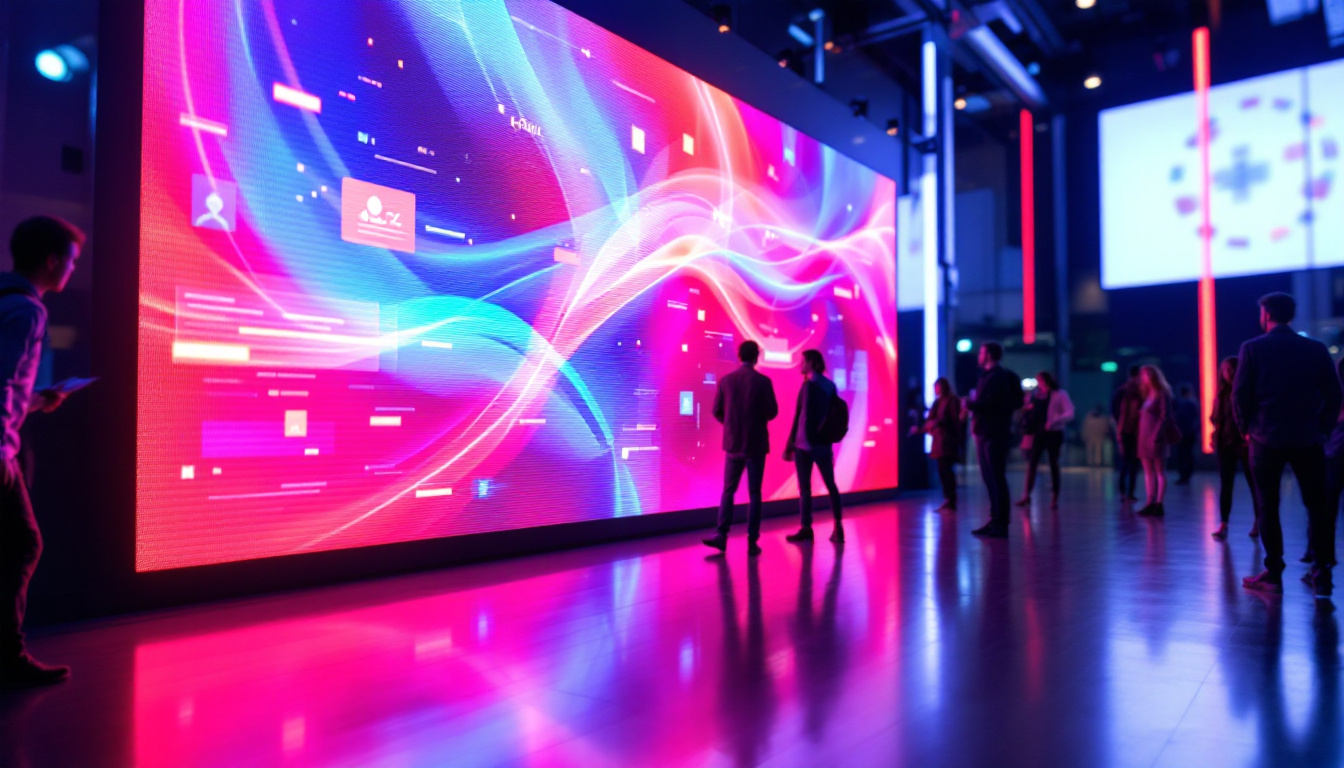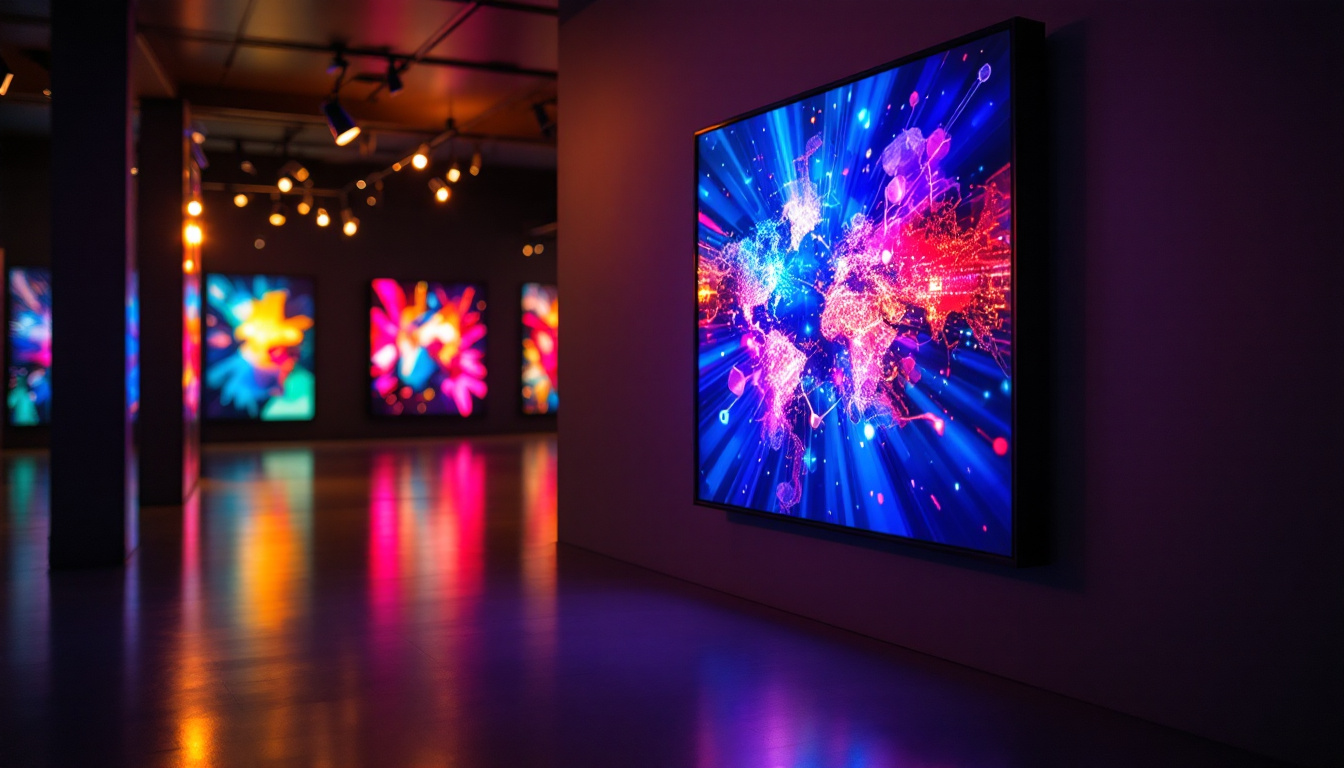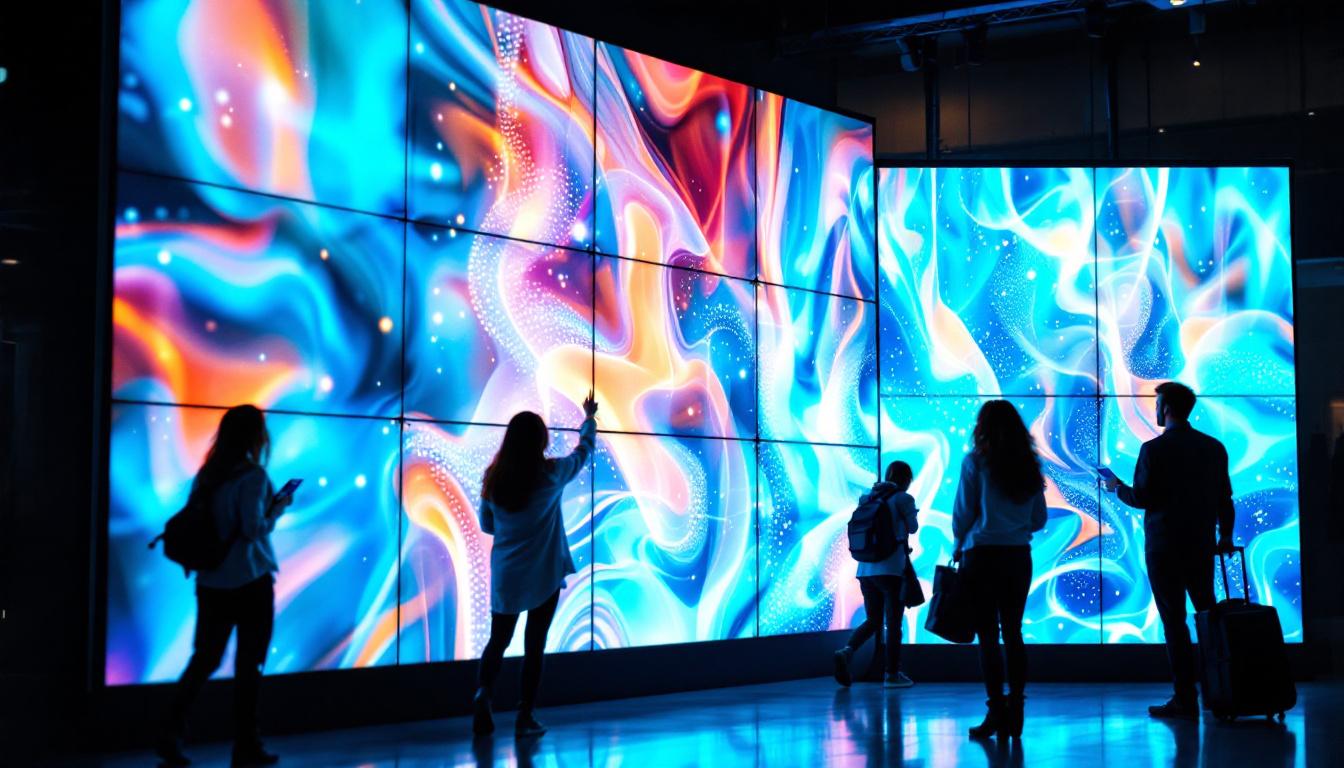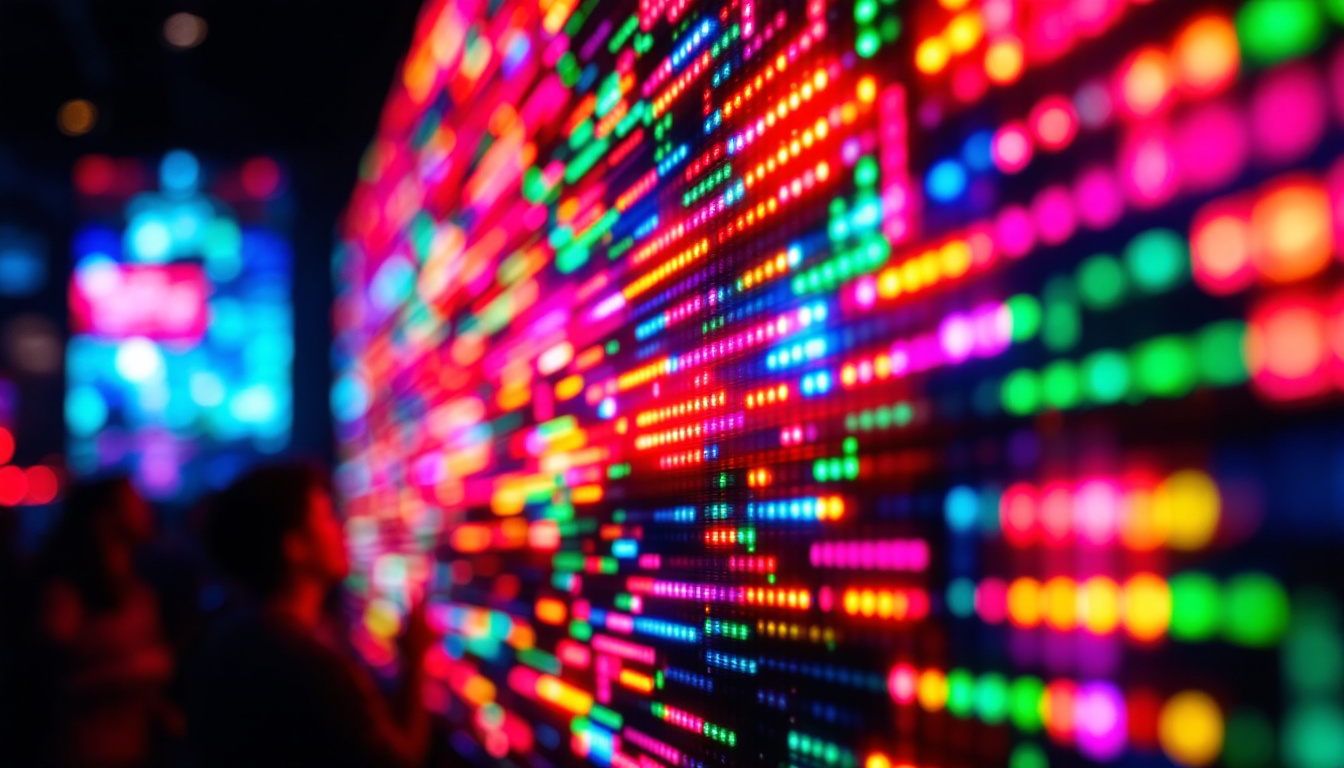In today’s world, where energy efficiency is a growing concern, understanding the energy usage of LED televisions is essential. As technology advances, LED TVs have become increasingly popular due to their superior picture quality and lower energy consumption compared to traditional LCD and plasma TVs. This article delves into the intricacies of LED display technology, its energy consumption, and how consumers can make informed choices.
Understanding LED Technology
LED, or Light Emitting Diode, technology represents a significant leap in television display capabilities. Unlike traditional displays that use fluorescent backlighting, LED TVs utilize a series of tiny diodes to produce light. This innovation not only enhances picture quality but also contributes to energy efficiency.
How LED Displays Work
LED displays function by illuminating pixels with light emitted from diodes. There are two primary types of LED TVs: edge-lit and backlit. Edge-lit LED TVs place diodes along the edges of the screen, while backlit models have a grid of diodes behind the screen. This difference affects both the brightness and energy consumption of the television.
In edge-lit models, the light is spread across the screen, leading to thinner designs but potentially less uniform brightness. Backlit models, on the other hand, provide more consistent lighting but may consume slightly more energy due to the increased number of diodes. Understanding these differences can help consumers choose a model that fits their needs.
Benefits of LED Technology
LED technology offers several advantages over traditional display types. One of the most notable benefits is energy efficiency. LED TVs typically consume 20-30% less energy than comparable LCD or plasma models. This reduction in energy usage not only lowers electricity bills but also contributes to a smaller carbon footprint.
Additionally, LED TVs provide enhanced picture quality with brighter colors and deeper blacks, making them a preferred choice for many consumers. The longevity of LED displays is another factor to consider; they generally last longer than their predecessors, which means fewer replacements and less waste over time.
Energy Consumption of LED TVs
When evaluating the energy consumption of LED TVs, it’s important to consider various factors, including screen size, brightness settings, and usage patterns. Understanding these elements can help consumers make more informed decisions regarding their energy usage.
Average Energy Usage
The energy consumption of LED TVs varies widely based on size and technology. On average, a 55-inch LED TV consumes between 60 to 100 watts while in use. Smaller models may consume as little as 30 watts, while larger screens can exceed 150 watts. It’s crucial to check the specifications of a particular model to get an accurate estimate of its energy consumption.
In terms of annual energy usage, a typical LED TV may consume around 100 to 200 kWh per year, depending on usage. This translates to an average cost of $10 to $30 annually, depending on local electricity rates. For consumers looking to minimize costs, choosing an energy-efficient model can lead to significant savings over time.
Factors Influencing Energy Consumption
Several factors influence the energy consumption of LED TVs. Screen size is the most obvious; larger screens require more power to operate. Additionally, the brightness settings can significantly impact energy usage. A TV set to maximum brightness will consume more energy than one set to a lower level.
Viewing habits also play a crucial role. For instance, a TV that is left on for extended periods, even when not actively being watched, will consume more energy. Utilizing features such as sleep timers can help reduce unnecessary energy consumption.
Energy Efficiency Ratings
energy efficiency ratings provide valuable insight into the energy consumption of LED TVs. These ratings help consumers understand how much energy a television will use compared to others on the market.
Understanding Energy Star Ratings
The Energy Star label is a widely recognized symbol for energy efficiency. TVs that meet specific energy consumption criteria set by the U.S. Environmental Protection Agency (EPA) receive this designation. Energy Star-rated LED TVs typically consume 30% less energy than standard models, making them an excellent choice for environmentally conscious consumers.
When shopping for a new TV, look for the Energy Star label. This designation not only indicates lower energy usage but often signifies better overall performance and longevity. It’s a simple way to gauge the efficiency of a product without delving into technical specifications.
Comparing Energy Consumption
Comparing the energy consumption of different models can be daunting, given the variety of options available. However, consumers can utilize the annual energy cost estimates provided on the EnergyGuide label. This label, usually found on the back or side of the TV, offers a rough estimate of how much it will cost to operate the television over a year based on average usage.
By comparing these estimates, consumers can make educated choices about which models will be the most cost-effective in the long run. In many cases, investing a little more upfront in an energy-efficient model can lead to substantial savings over time.
Smart Features and Energy Usage
As technology evolves, many LED TVs come equipped with smart features that can influence energy consumption. These features can enhance user experience but may also impact how much energy the TV uses.
Smart TVs and Energy Efficiency
Smart TVs offer a range of functionalities, from streaming services to internet browsing. While these features can enhance viewing experiences, they may also increase energy consumption. For instance, using built-in apps for streaming can lead to higher power usage compared to traditional cable viewing.
However, many smart TVs come with energy-saving modes that can help mitigate this increased consumption. Activating these modes can optimize settings to reduce power usage while maintaining performance. It’s advisable to explore the settings of a smart TV to find the most energy-efficient options available.
Standby Power Consumption
Another aspect to consider is standby power consumption. Many modern TVs consume energy even when turned off, as they remain in a low-power mode to facilitate quick startup. This standby power can account for a significant portion of a TV’s overall energy usage, particularly if the television is not used frequently.
To minimize standby power consumption, consider unplugging the TV when not in use or using a smart power strip that cuts power to devices when they are not actively being used. This simple step can contribute to lower energy bills and a reduced environmental impact.
Tips for Reducing Energy Usage
Reducing energy consumption does not require sacrificing viewing quality or convenience. Here are several practical tips to help consumers minimize energy usage while enjoying their LED TVs.
Adjusting Brightness Settings
One of the easiest ways to reduce energy consumption is by adjusting the brightness settings of the TV. Many users find that the default brightness is often set higher than necessary. Lowering the brightness can lead to significant energy savings without compromising picture quality, especially in darker viewing environments.
Additionally, consider using features such as ambient light sensors, which automatically adjust the screen brightness based on the surrounding light conditions. This not only enhances viewing comfort but also optimizes energy usage.
Utilizing Eco Modes
Most modern LED TVs come equipped with eco modes designed to minimize energy consumption. These modes typically adjust various settings, such as brightness and contrast, to optimize energy efficiency. Activating eco mode can lead to noticeable reductions in energy use, especially for those who watch TV for extended periods.
It’s worth exploring the settings menu to find and activate these energy-saving features. In many cases, the benefits of using eco modes extend beyond energy savings, as they can also enhance the viewing experience by providing a more comfortable brightness level.
The Future of LED TV Technology
As technology continues to evolve, the future of LED TVs looks promising. Innovations in display technology and energy efficiency are on the horizon, promising even greater benefits for consumers.
Emerging Technologies
New advancements, such as MicroLED and OLED technologies, are beginning to enter the market, offering even better picture quality and energy efficiency. MicroLED, in particular, promises to deliver the advantages of LED technology while reducing energy consumption further. As these technologies become more mainstream, consumers can expect even more energy-efficient options.
Moreover, manufacturers are increasingly focusing on sustainability, with many committing to using eco-friendly materials and processes in the production of their TVs. This shift towards environmentally conscious manufacturing practices will likely lead to a new generation of LED TVs that are not only energy-efficient but also sustainable.
Consumer Awareness and Education
As consumers become more aware of the importance of energy efficiency, it is likely that demand for energy-efficient products will continue to rise. This trend will push manufacturers to prioritize energy-saving features and technologies in their designs. Education plays a crucial role in this process, as informed consumers are more likely to make choices that benefit both their wallets and the environment.
By staying informed about energy usage and the latest technologies, consumers can make choices that align with their values and contribute to a more sustainable future.
Conclusion
Understanding LED TV energy usage is essential in today’s environmentally conscious society. As technology advances, LED TVs offer superior picture quality and lower energy consumption compared to traditional models. By considering factors such as screen size, brightness settings, and energy efficiency ratings, consumers can make informed choices that benefit both their viewing experience and the environment.
With the right knowledge and practices, reducing energy consumption while enjoying high-quality entertainment is entirely achievable. As the industry continues to evolve, consumers can look forward to even more energy-efficient options in the future, paving the way for a greener and more sustainable world.
Explore Energy-Efficient LED Solutions with LumenMatrix
As you consider the environmental and energy-saving benefits of LED TV technology, take the next step with LumenMatrix. Our commitment to innovation leads the way in providing advanced LED display modules that not only offer superior picture quality but also contribute to energy efficiency. Whether you’re looking for an Indoor LED Wall Display, a dynamic Outdoor LED Wall Display, or specialized solutions like Vehicle LED Displays and LED Sports Displays, LumenMatrix has the right technology to elevate your visual experience. Embrace the future of visual communication and Check out LumenMatrix LED Display Solutions today to see how we can help you make a powerful impact with clarity and sustainability.

